-
Innate Immunity
Found in all animals/plants; effective from birth (before any exposure to pathogens); nonspecific and no memory
-
Innate Immunity relies on
a small set of receptors that bind structures common to a group of viruses, bacteria, or other microbes
-
Examples of innate immunity
Skin, mucous, natural killer cells, inflammatory response
-
Adaptive Immunity
Only in vertebrates; activated after the innate immune response and develops more slowly; highly specific; has memory (to provide enhanced protection)
-
Adaptive Immunity relies on
A vast arsenal of receptors, each of which is very specific for a particular pathogen
-
Examples of adaptive immunity
Antibodies, cytotoxic cells
-
1st step of inflammatory response
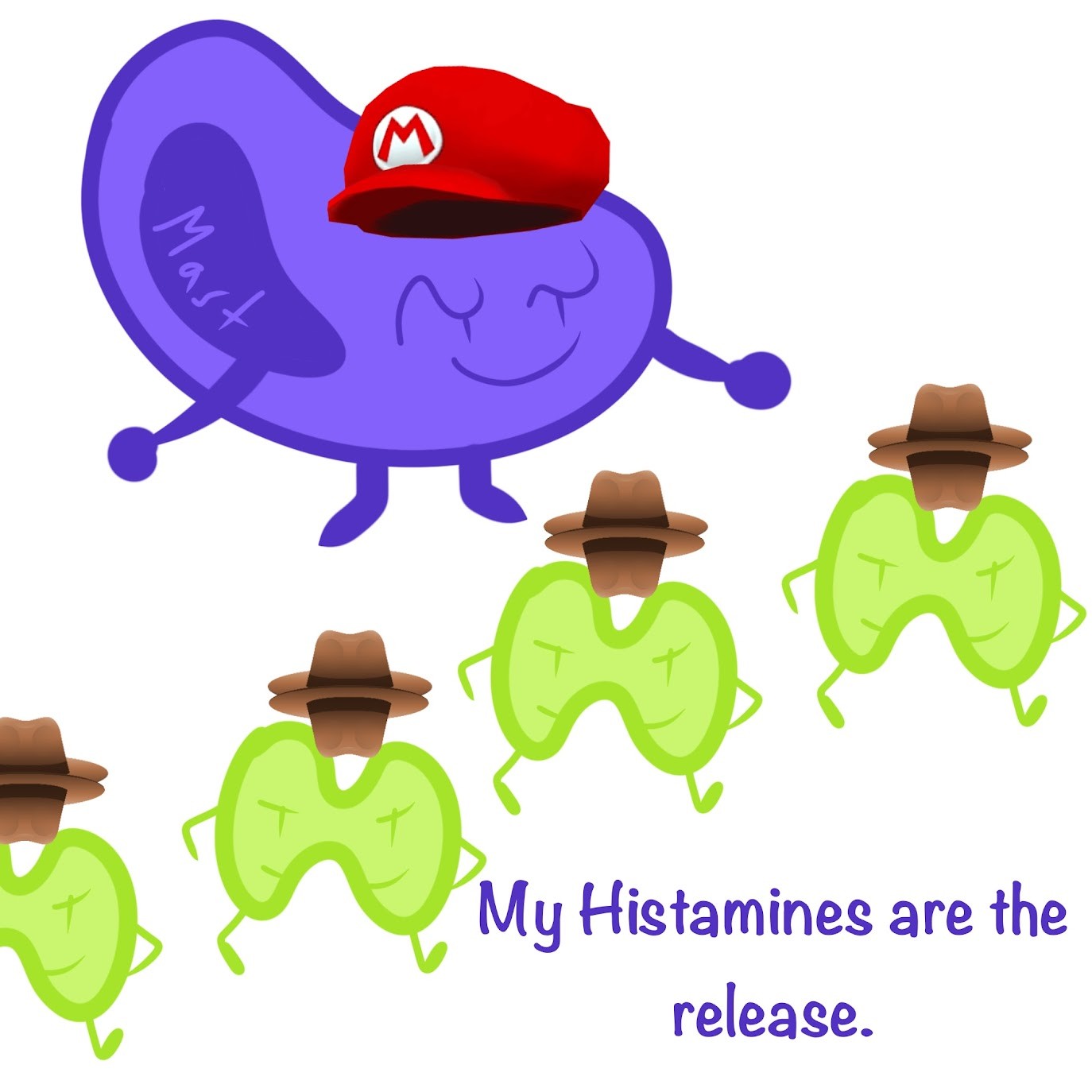
Mast cells, found in the connective tissue, release histamine
-
2nd step of inflammatory response
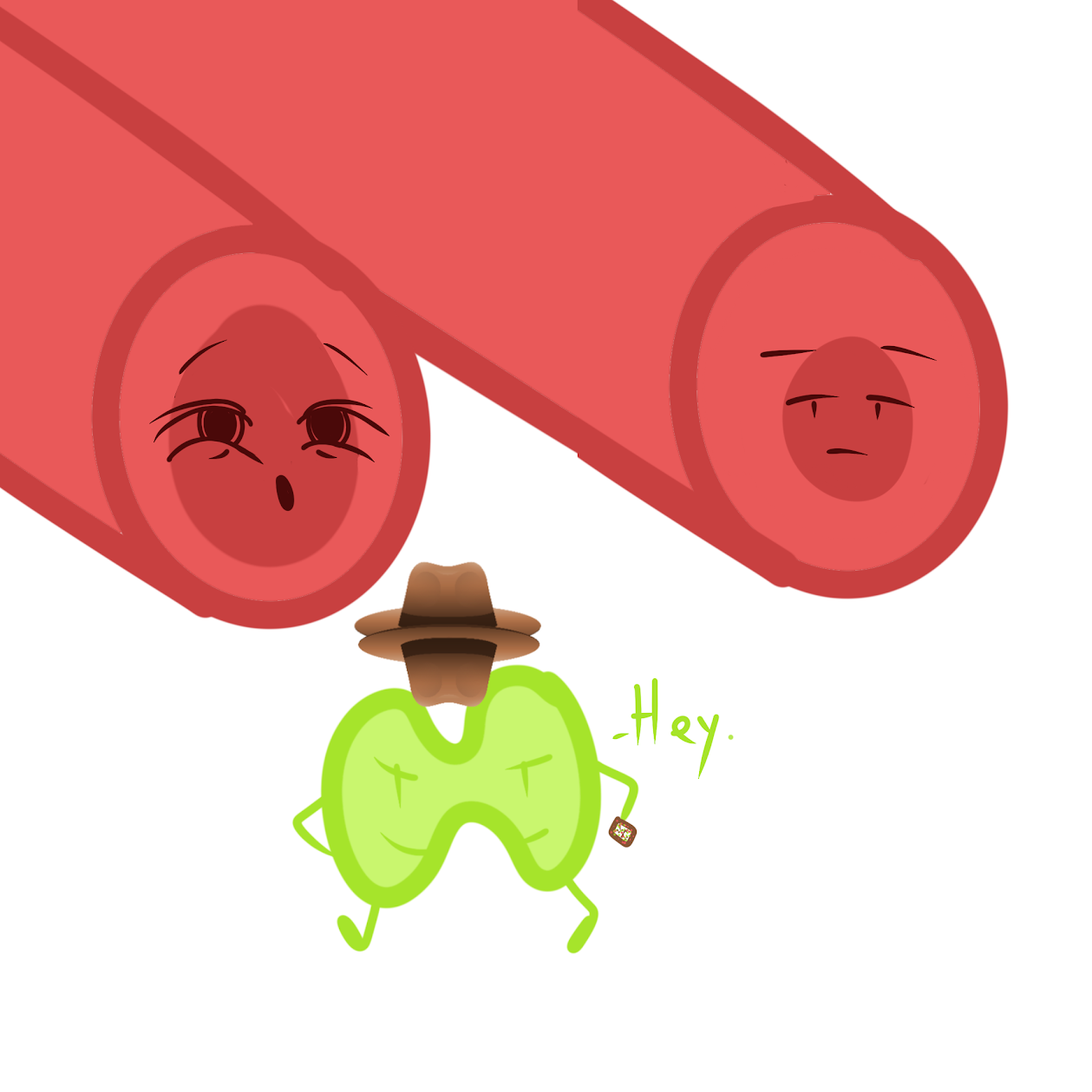
Histamine triggers blood vessels to dilate and become more permeable
-
3rd step of inflammatory response

Activated macrophages release cytokines that recruit neutrophils
-
4th step of inflammatory response
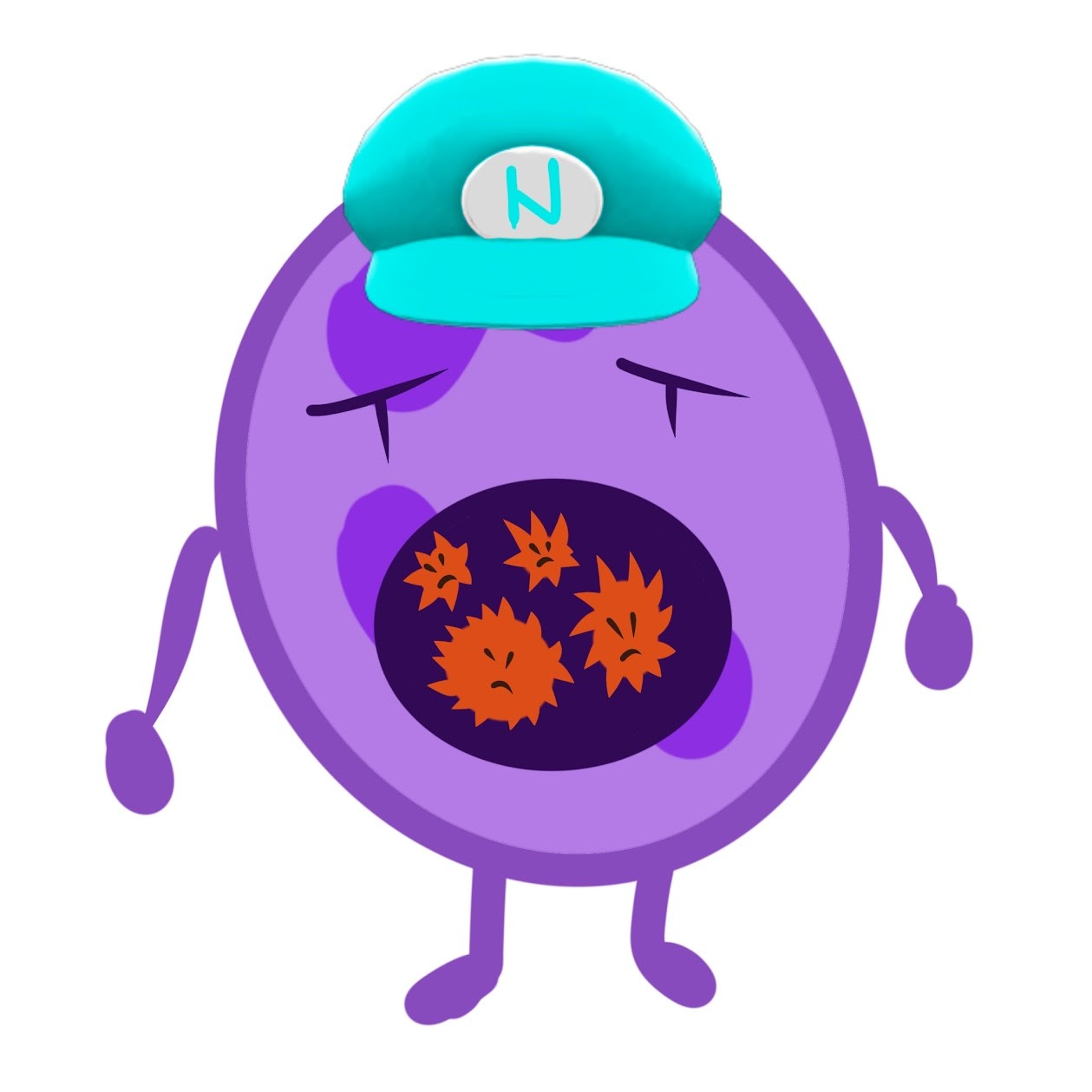
Neutrophils digest pathogens and cell debris (phagocytosis); the tissue heals.
-
Mast cells
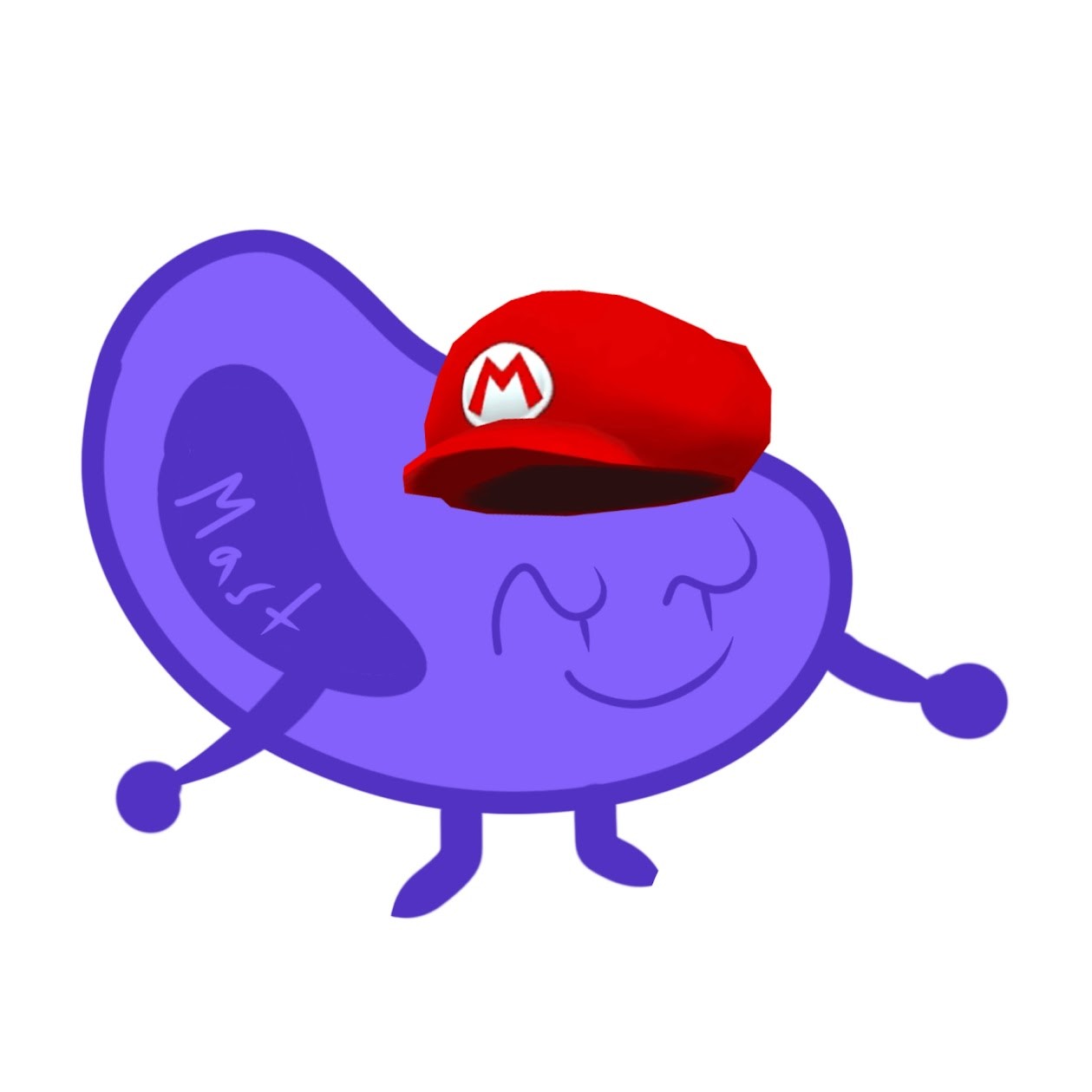
a type of phagocyte that releases histamines; recruits macrophages and neutrophils; induces local inflammation and involved in wound healing; triggers blood vessels to dilate via histamines
-
Macrophages

Found throughout the body (some migrate, some live in a permanent spot); releases cytokines; eats foreign pathogens
-
Neutrophils

A type of phagocytic cell that circulates through the blood to infected tissue; releases toxins and recruits other immune cells to the infected site
-
Histamines

Signaling molecules that triggers blood vessels to dilate and become more permeable
-
Cytokines

signaling molecules that recruits neutrophils/signals the presence of a pathogen to immune cells to induce a response
-
Types of phagocytic cells
Neutrophils, macrophages, dendritic cells, eosinophils
-
Dendritic cells
Mainly populate tissues that contact the environment (ex. skin)
-
Eosinphils

Often found beneath an epithelium, important against multicellular invaders (like parasitic worms)
-
Natural killer cells
Circulate through the body and detect abnormal cells; do not engulf but instead release chemicals leading to cell death
-
Basophils
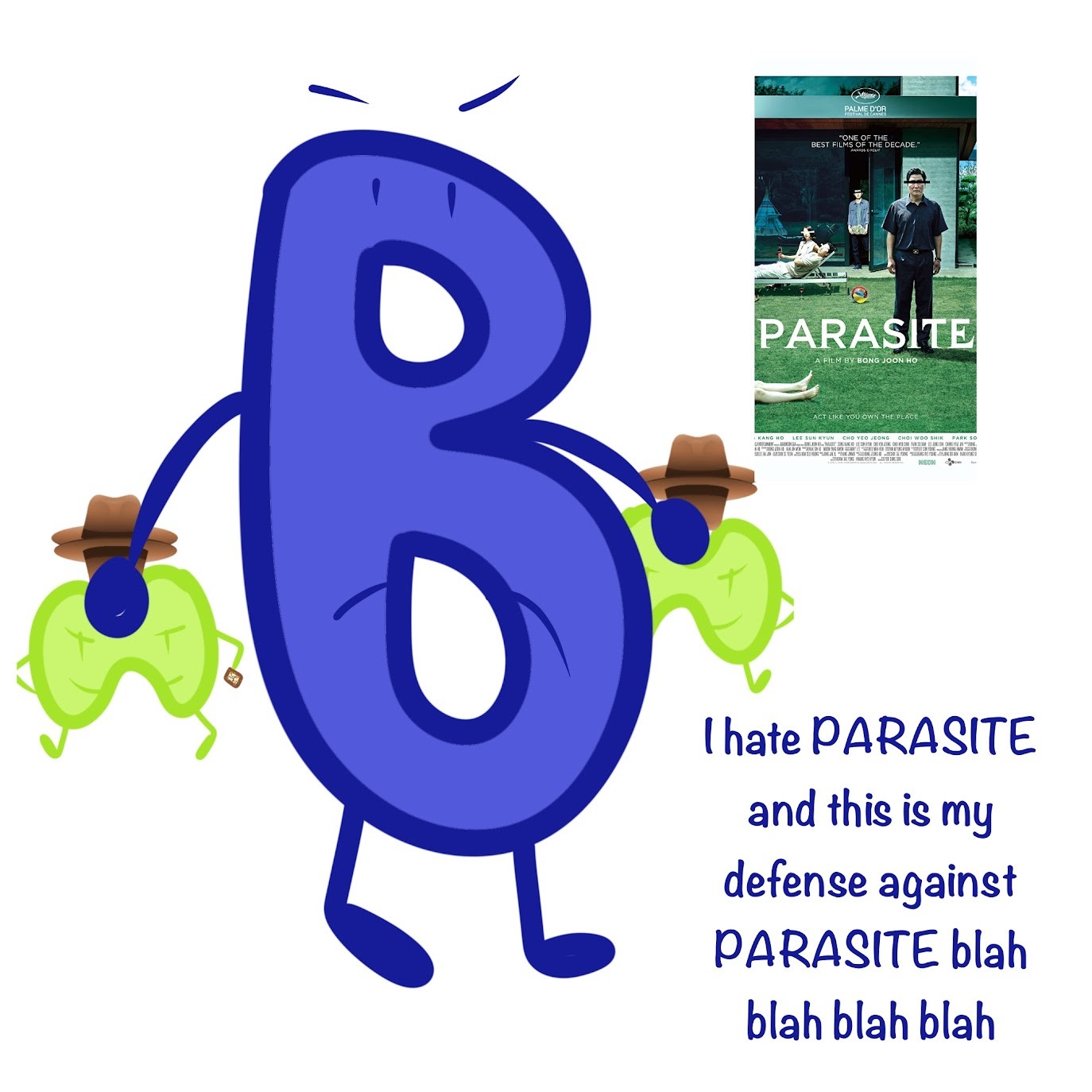
Involved in local inflammation, defense against parasites; releases histamines
-
B-cells
Humoral response; remains and matures in bone marrow
B for Bone Marrow and HUMOR
-
T-cells
Cell-mediated response; migrates to and matures in the thymus
T for Thymus and TCM
-
Where do ALL blood cells originate from?
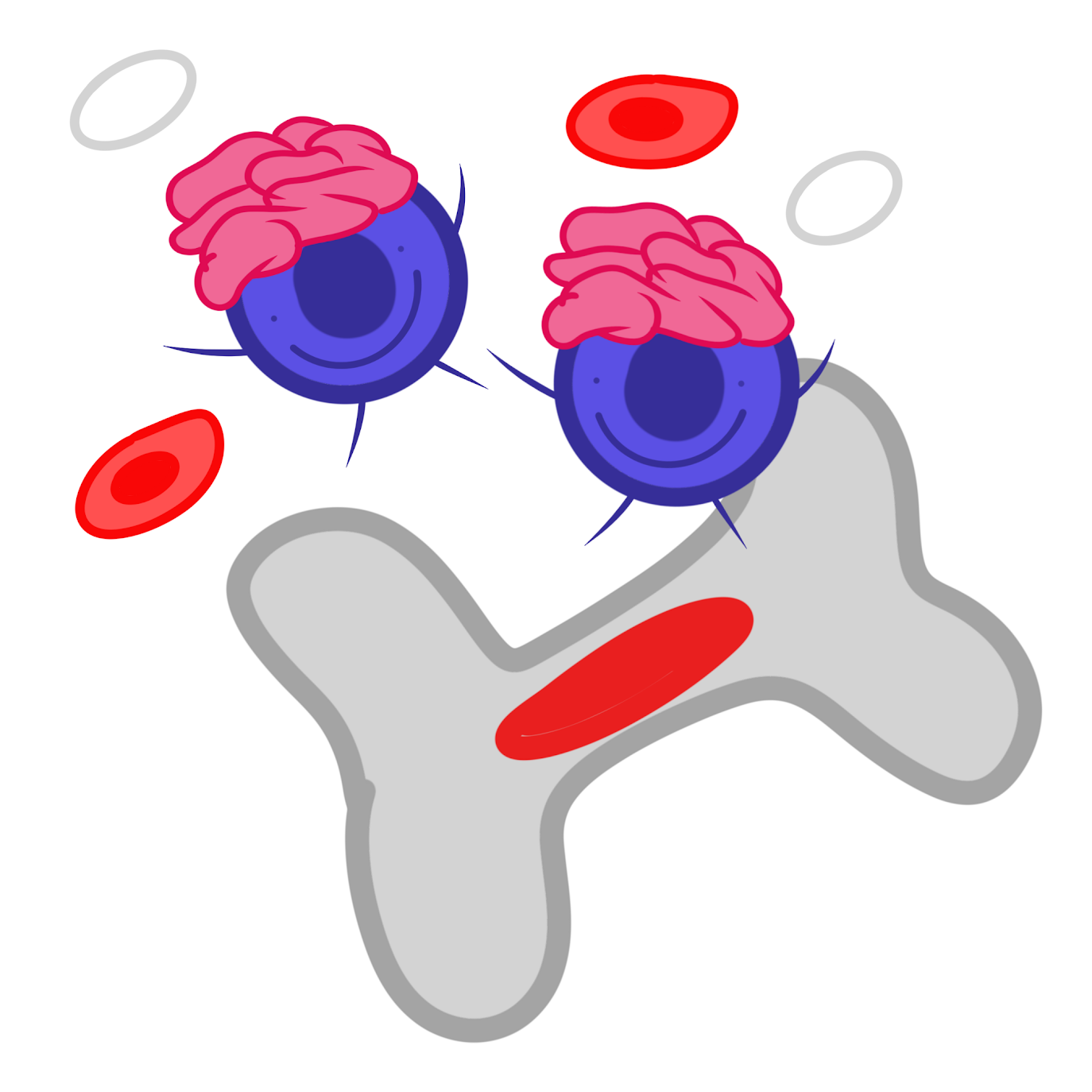
Stem cells in bone marrow
-
What do B-cells make?
Antibodies (Abs)
-
Antibodies and B-cells
Antibodies are secreted into the liquid (humoral) component of blood and serve as membrane-bound receptors for B-cells
-
3 types of T-cells
Helper T cells
Cytotoxic T cells
Regulatory T cells
-
Antigen
A substance that elicits a response from a B or T cell
-
Epitope
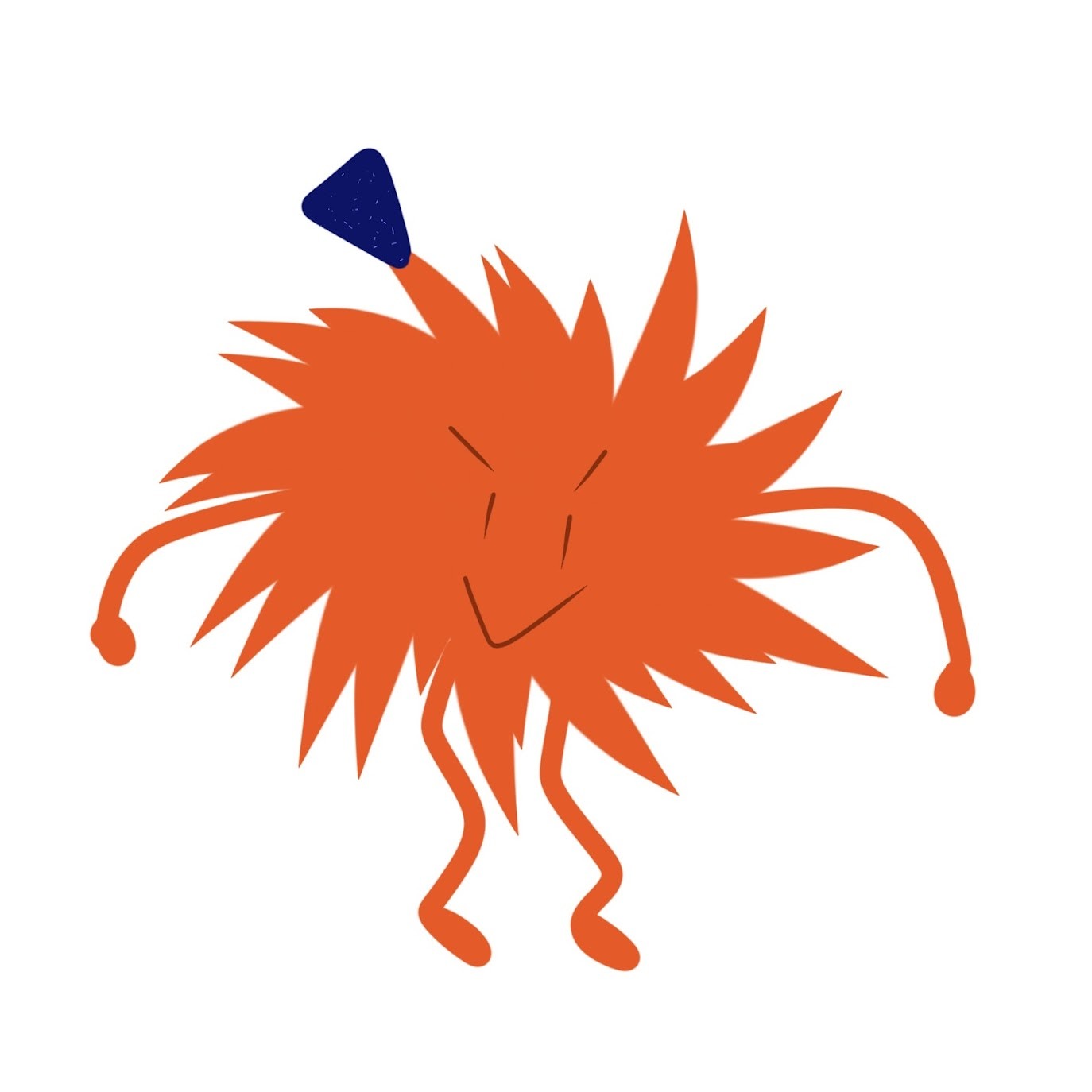
The accessible part of an antigen that binds to an antigen receptor
-
B-cell antigen receptors
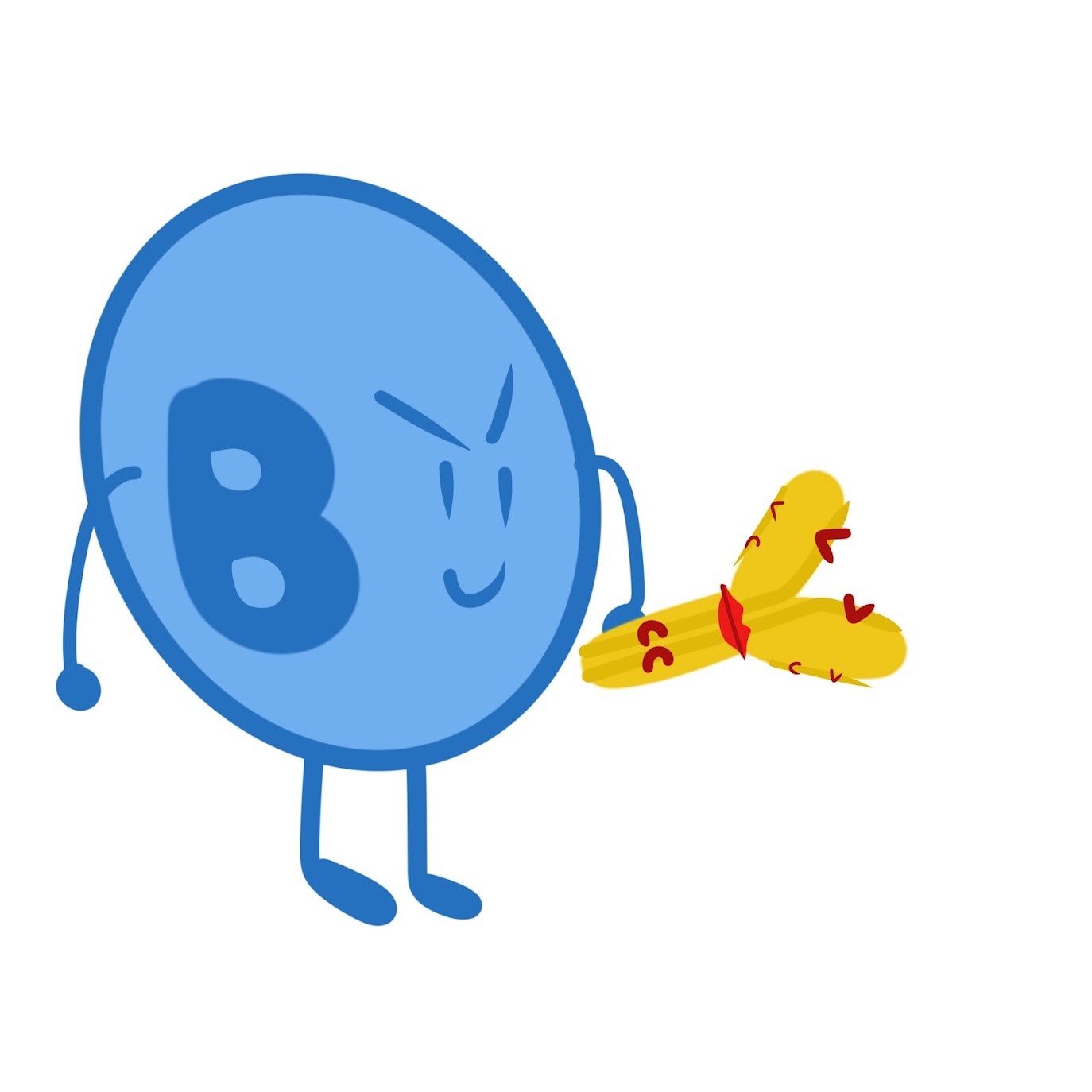
Y-shaped with two identical heavy chains and two identical light chains; both comprised of constant (C) and variable (V) regions
-
Between constant and variable regions, which region provides antigen specificity?

Variable regions
-
What causes heavy and light chain variable regions to have unique binding sites?
Asymmetry
-
How are B cells activated?
A B cell antigen receptor binds to an antigen
-
T-cell antigen receptors
Consists of two different polypeptide chains (called α and β); tips are variable (V) while the rest of the region is constant (C)
-
How are T cells activated?
T cells bind to antigen fragments on a host cell surface by MHC molecules (class I and II); not specific
-
MHC Class I
Found on all host nucleated cells (basically everything except red blood cells); displays endogenous antigens to cytotoxic T cells
ALPHABETICAL: ENDO CYTOTOXIC ONE
-
MHC Class II
Found on antigen-presenting cells (APCs) like B cells, Dendritic cells, and Macrophages; displays exogenous antigens to helper T cells
ALPHABETICAL: EXO HELPER TWO
-
4 characteristics of the adaptive immune system (for B/T cell development)
-Diversity of lymphocytes/receptors
-Self-tolerance
-B/T cells proliferate after activation
-Immunological memory
-
Diversity is provided by the _____ gene structure, which combines variable elements
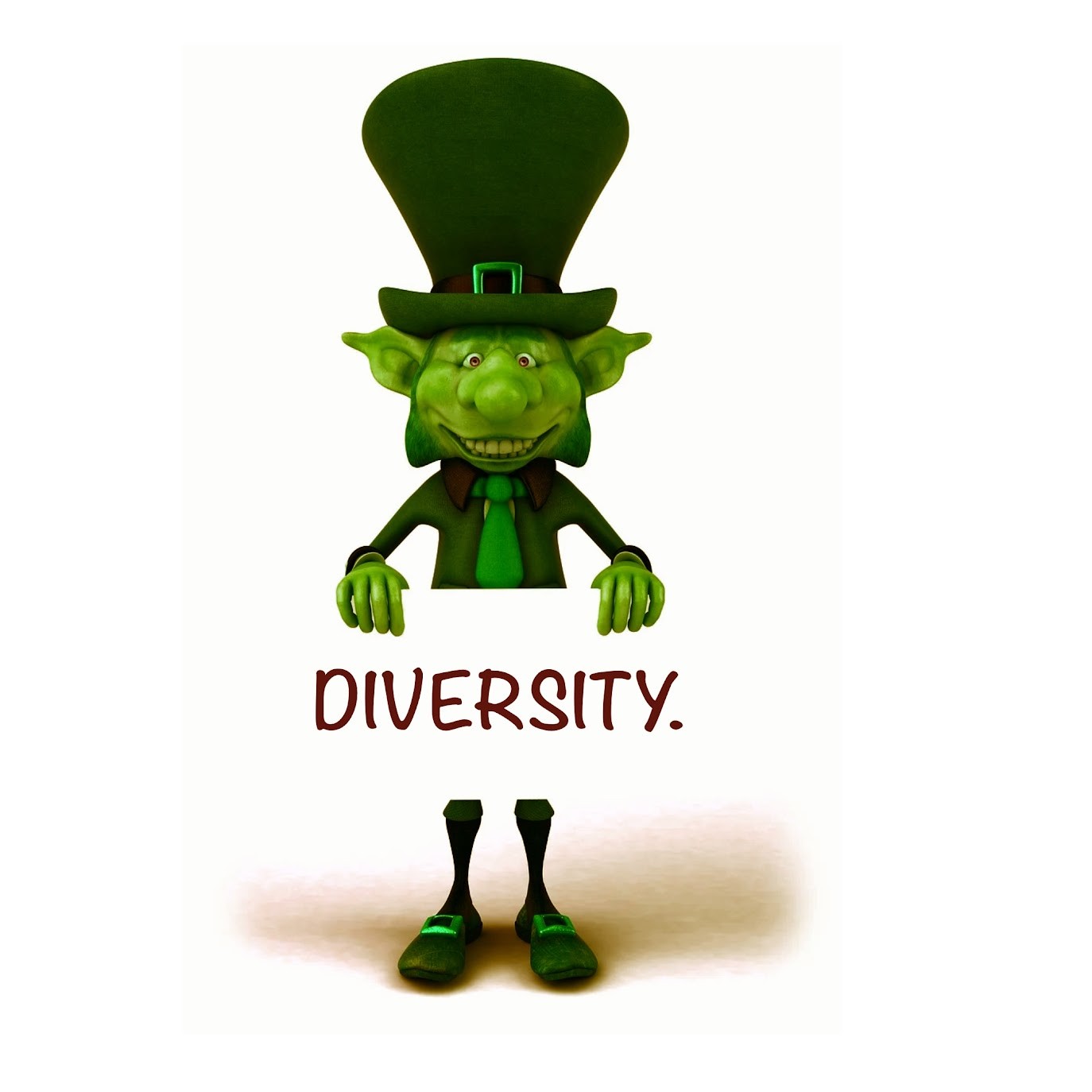
Immunoglobulin (Ig)
-
Effector cells
short-lived and acts immediately against the antigen
-
Effector B cells

Plasma cells (secrete antibodies)
Literal humoral.
-
Effector T cells
Helper T cells and cytotoxic T cells
-
Memory cells
Long-lived and can give rise to effector cells if the same antigen is encountered again
-
Helper T cells trigger which types of immune responses?
Humoral (production of antibodies by B cells that neutralize pathogens) and Cell-mediated (activation of cytotoxic T cells that kill infected cells)
-
What type of T cells are the effector cells in cell-mediated immune responses?

Cytotoxic T cells
-
Activation of B cells requires two things:

-An antigen
-Cytokines from Helper T cells
-
A B cell proliferates and differentiates into two cell types:
-Plasma cells (antibody secreting effector cells) and Memory B cells (quickly convert into plasma cells upon future exposure to the same antigen)
-
How do antibodies act/function by?
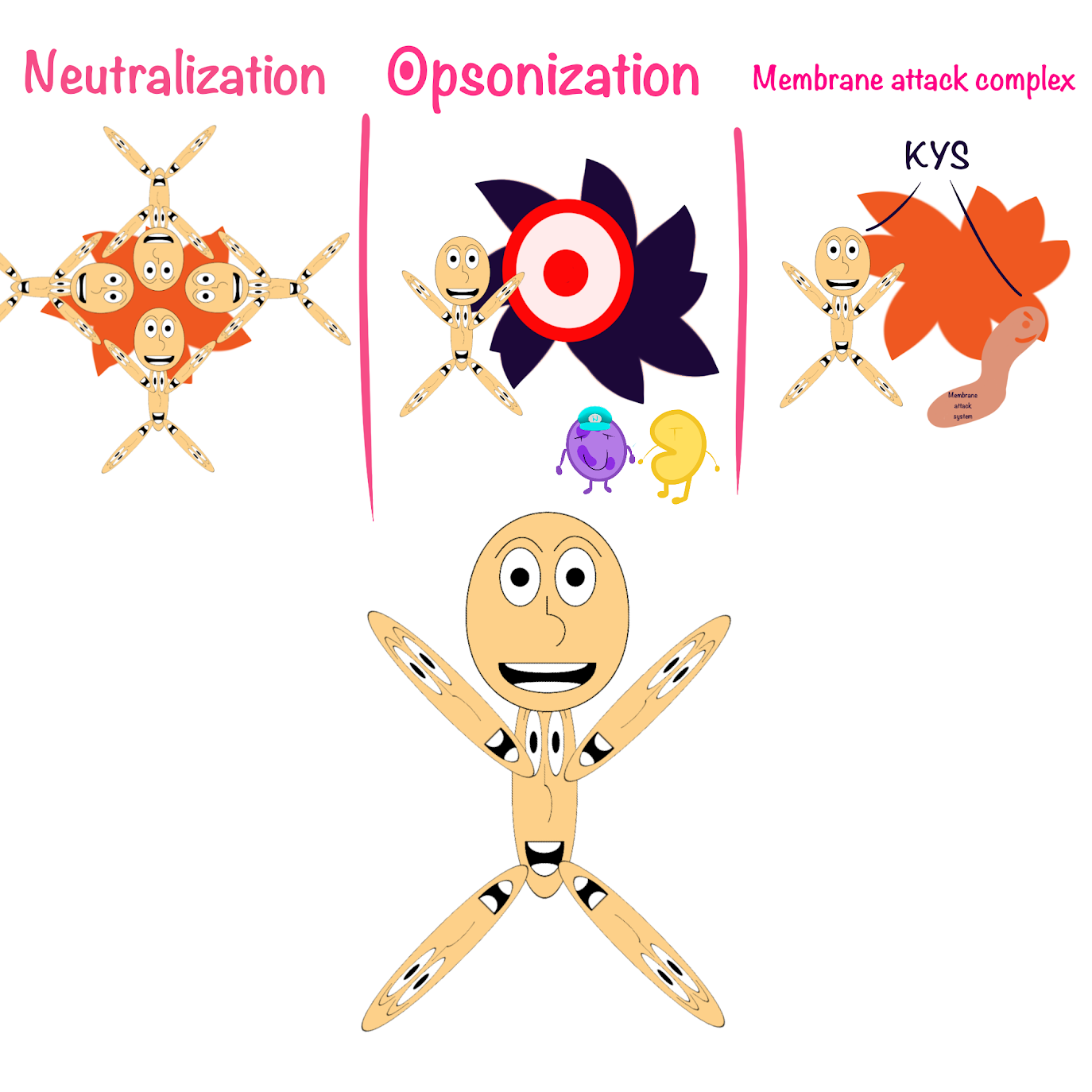
-Neutralization (interfering with pathogen activity)
-Opsonization (marking pathogens for destruction)
-Working with the complement system to generate a membrane attack complex to lyse the pathogen
-
Do antibodies kill pathogens?
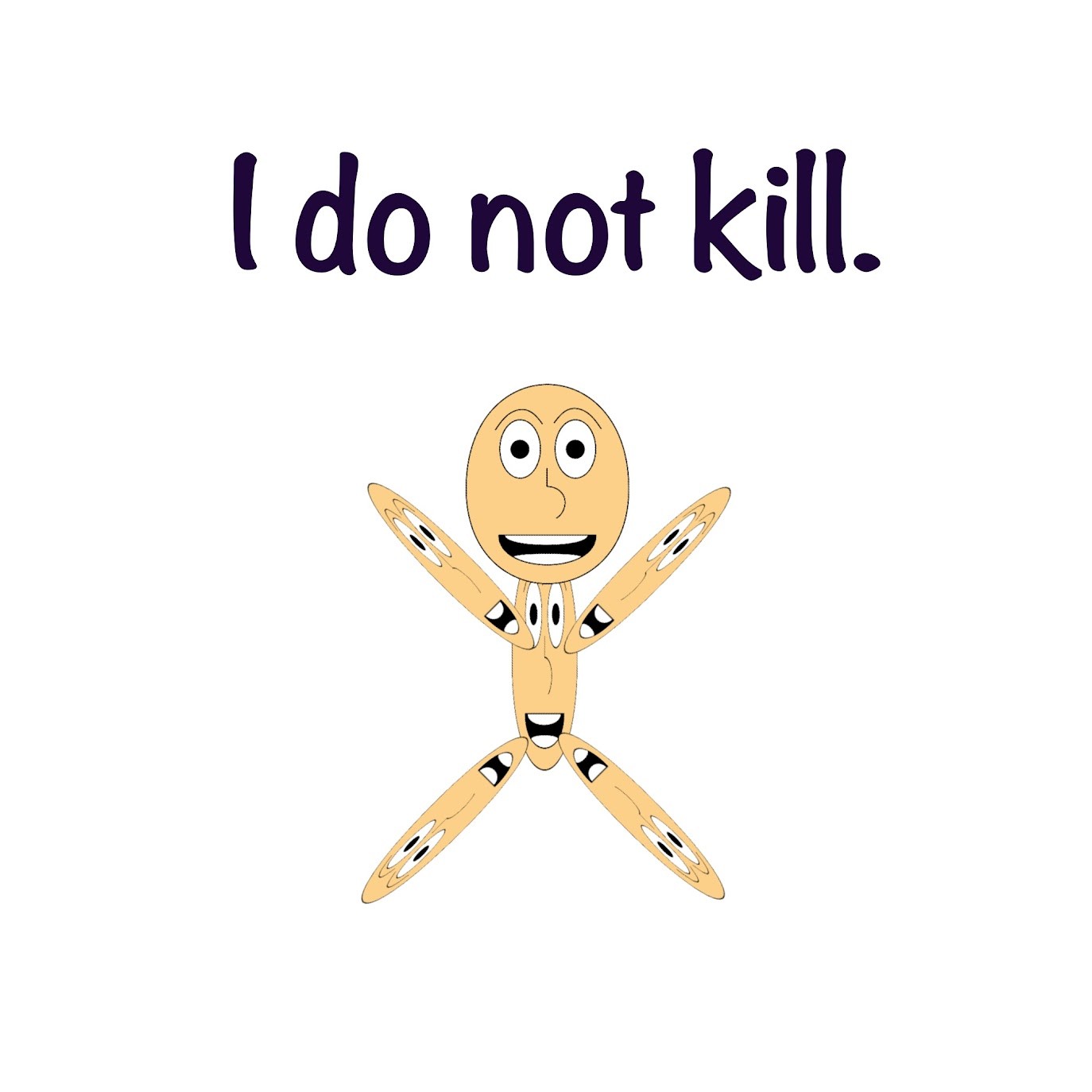
No
-
Characteristics of viruses
-Cannot reproduce or carry out metabolism outside of a host cell
-infectious particles consisting of nucleic acid enclosed in a protein coat
-
Viral genomes
Comprised of one linear or circular nucleic acid molecule encoding 3 to ≈2,000 genes; nucleic acid arranges as double or single-stranded DNA/RNA
-
Capsid

Protein shell that encloses the viral genome- built from protein subunits (capsomeres)
-
Viral envelopes
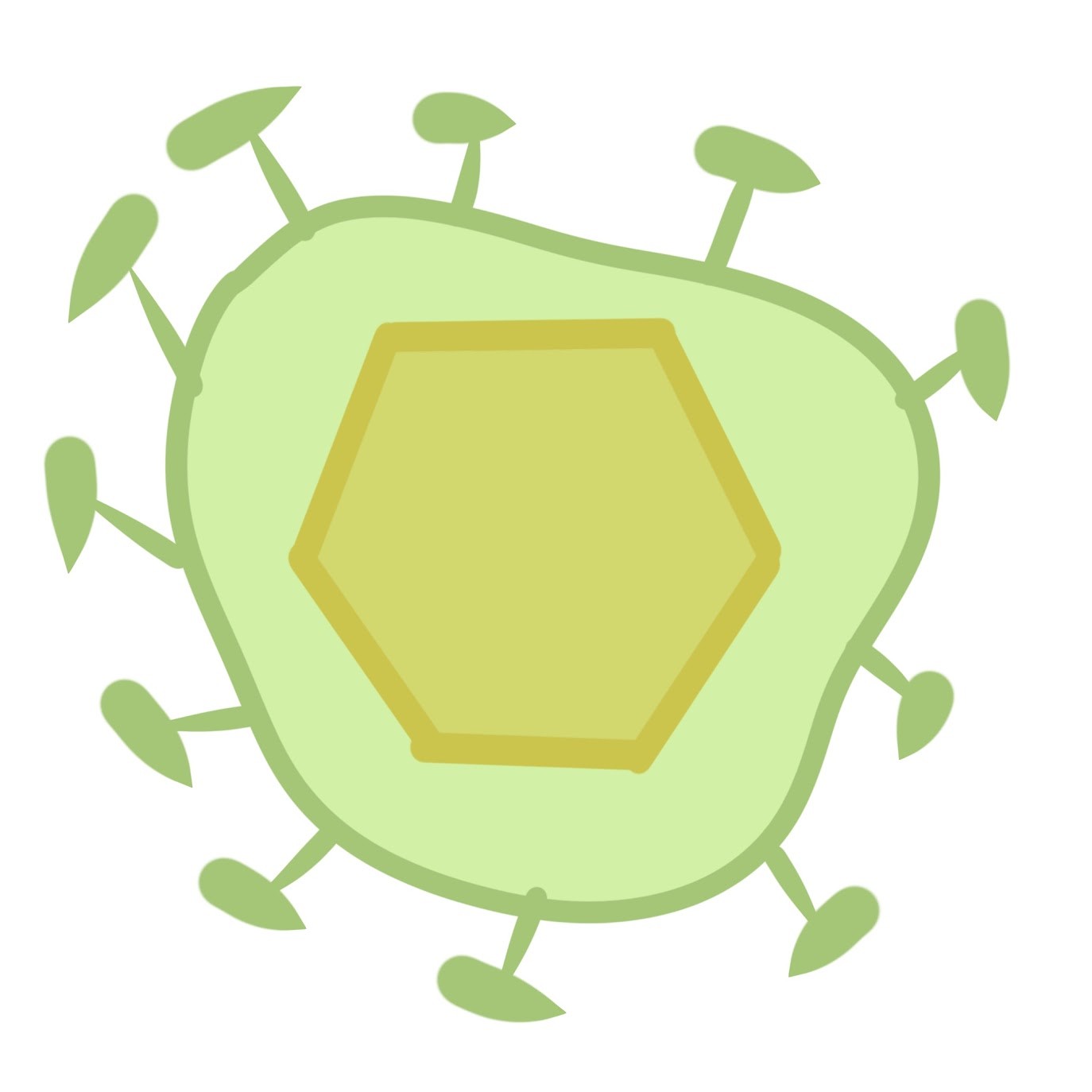
-Derived from membranes of host cells -surround the capsids of many viruses found in animals
-Combination of viral and host cell molecules
-Includes glycoprotein spikes that aid infection
-Includes influenza and coronaviruses
-
Filamentous (Helical/rod-shaped) Viruses
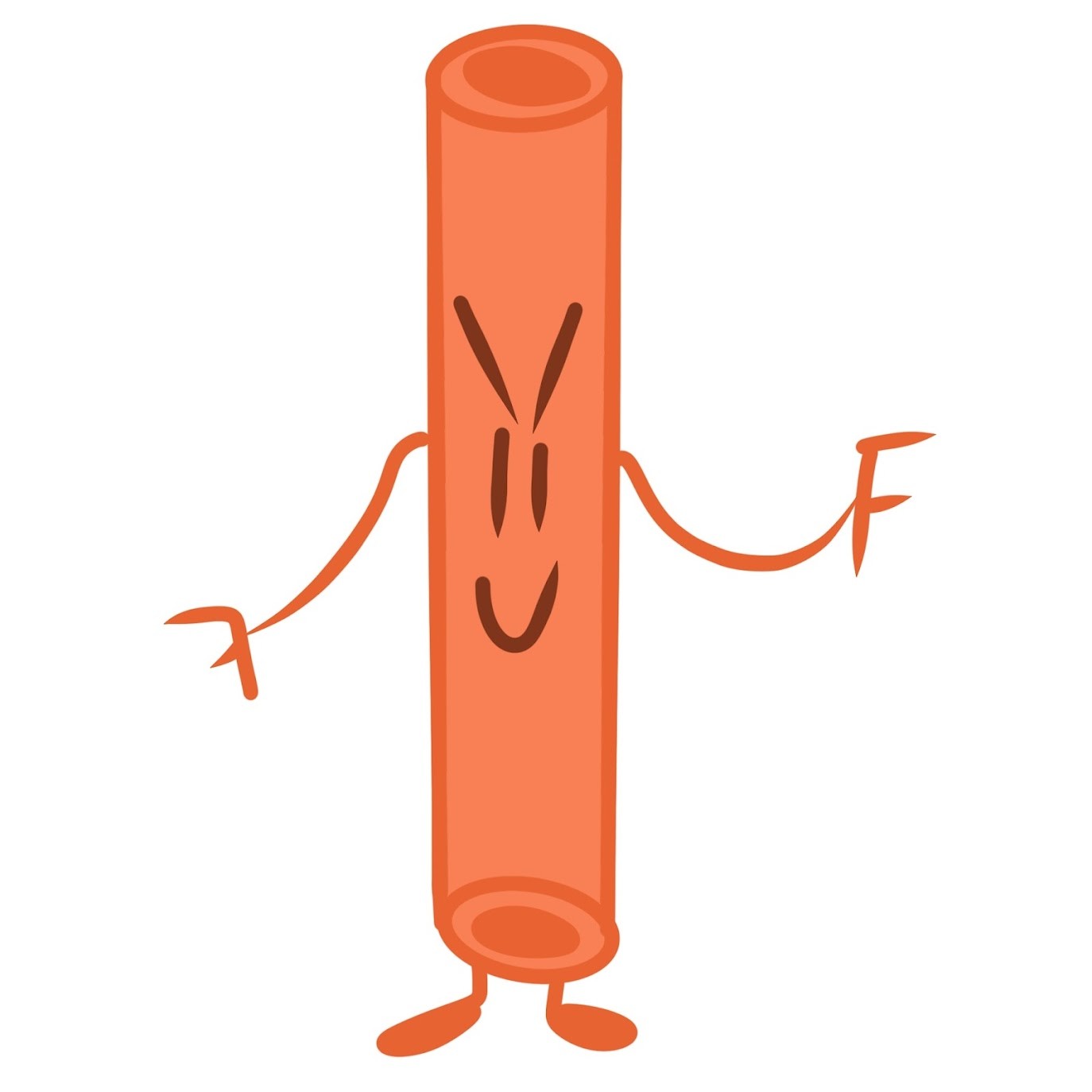
-Long and cylindrical
-Includes many plant viruses
-First discovered virus
-
Icosahedral Viruses
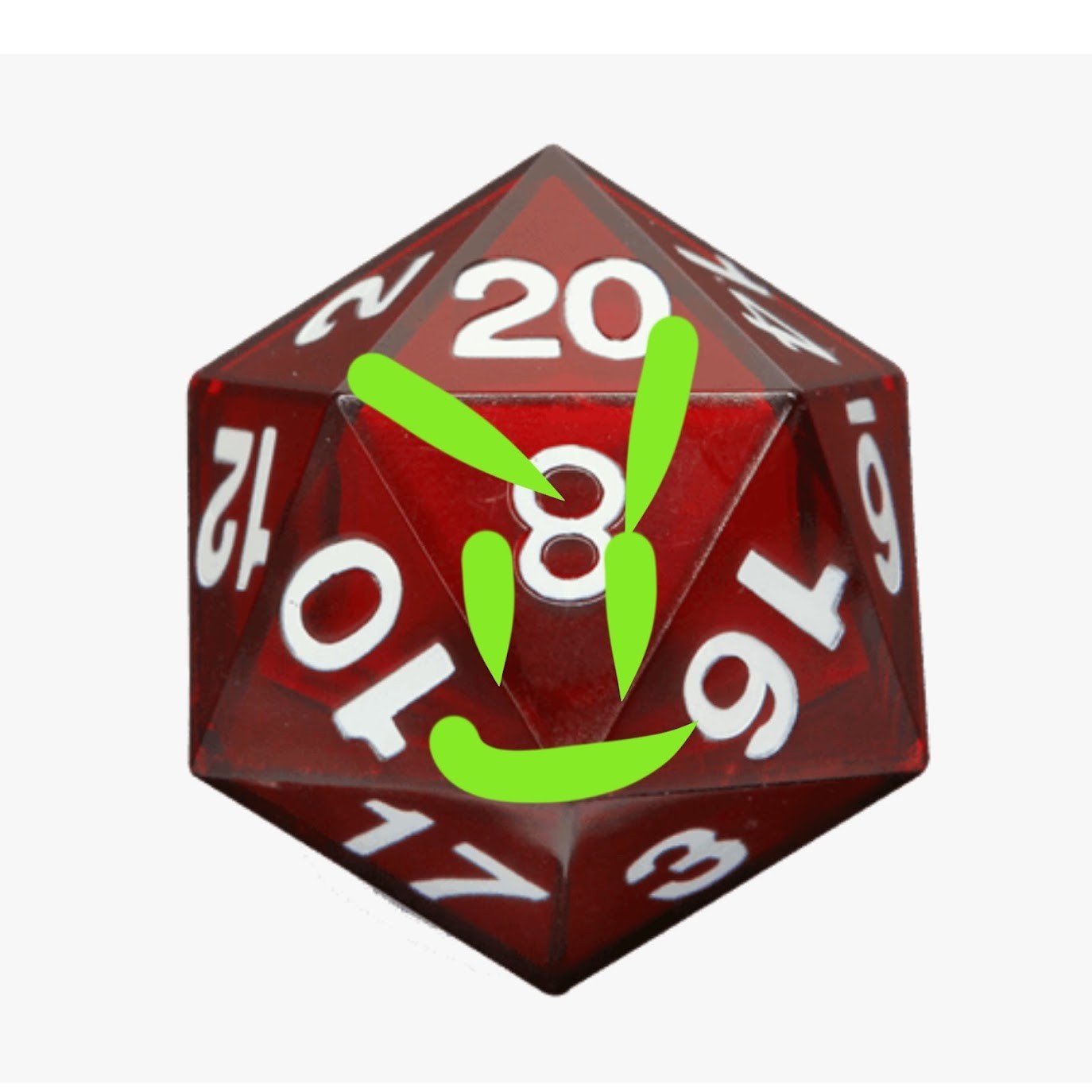
-Polyhedron with 20 triangular faces
-May contain protein spikes
-Causes minor infections (common cold, sore throat, pink eye)
-Rarely causes serious illness/death
-
Bacteriophages (Phages)
-Viruses that infect bacteria
-Most complex capsids
-Contains elongated icosahedral capsid heads with DNA
-Contains rod-shaped tailpieces that attach to the host and inject DNA
-
Host Range
A limited number of host cells that it can infect; includes species and cell types
-
Lytic cycle
Produces new phages and lyses the host's cell wall, releasing progeny viruses
-
Virulent phages
Phages that reproduces only by the lytic cycle
-
Lysogenic Cycle
Replicates the phage genome without destroying the host; the viral DNA molecule becomes incorporated into the host cell's chromosome and thus copies the phage DNA (prophage) into daughter cells; can switch to the lytic cycle through an environmental stressor
-
Temperate phages
Phages that use both the lytic and lysogenic cycles
-
3 types of single-stranded RNA genomes in animal viruses:
-RNA serves directly as mRNA
-RNA serves as template for mRNA synthesis (viral enzyme required)
-RNA serves as template for synthesis of DNA that gets integrated into the host genomic DNA (aka retroviruses)
-
HIV is what kind of virus?
Retrovirus (RNA serves as template for synthesis of DNA that gets integrated into the host genomic DNA), which uses the enzyme reverse transcriptase to copy their RNA into DNA
-
Provirus

Reverse-transcribed viral DNA that integrates into the host genome (remains a permanent resident)
-
Replicative cycle of retroviruses
The host's RNA polymerase transcribes the proviral DNA back into the RNA molecules; functions both as mRNA for synthesis and as genomes for new virus particles released from the cell
-
Prokaryote characteristics
-Thrive almost everywhere
-Most abundant & first organisms on earth
-All have a plasma membrane, cytoplasm, double-stranded DNA genome, and ribosomes
-Mostly unicellular
-Much smaller and simpler than eukaryotes
-Lacks a nucleus
-Most of the genome consists of a circular chromosome
-Usually have smaller rings of independently replicating DNA (plasmids)
-Reproduce by binary fission
-
Cell wall- bacteria vs archaea

Bacteria have peptidoglycan
Archaea lack peptidoglycan
-
DNA replication- bacteria vs archaea
Both have a single origin of replication, but archaeal DNA replication is more similar to that of eukaryotes
-
Gene expression- bacteria vs archaea
Archaeal transcription and translation are more similar to those of eukaryotes
-
Gram-negative bacteria
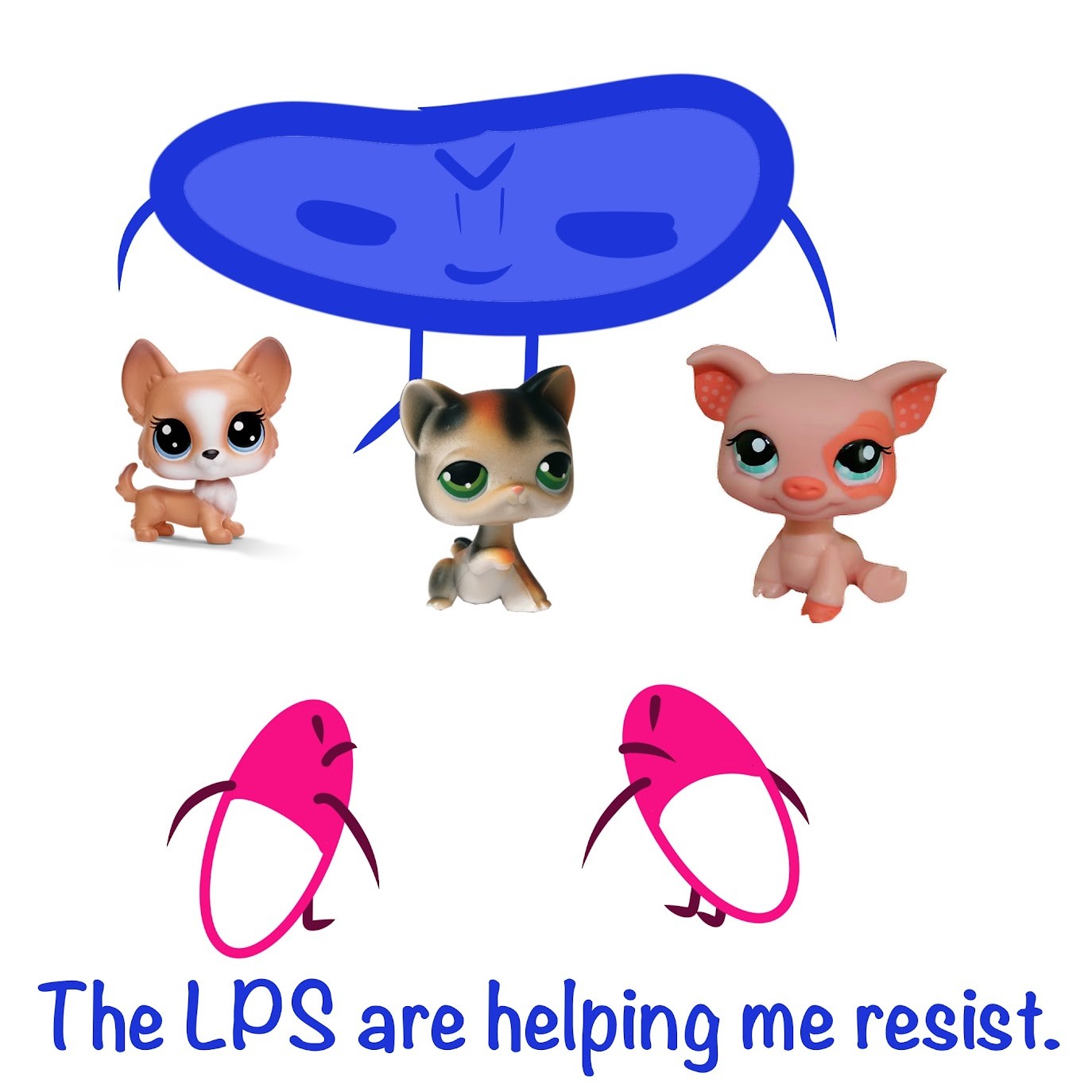
Have less peptidoglycan and an outer membrane that can have toxic lipopolysaccharides (LPS); lipid portions of LPS are toxic, causing fever; more antibiotic resistant
-
Gram-positive bacteria
Simpler cells walls with a large amount of peptidoglycan and no outer membrane; antibiotics target peptidoglycan and damage bacterial cell walls; some are virulent and resistant
POSITIVE PETIDOGLYCAN
-
Capsule
Sticky polysaccharide or protein layer that covers some prokaryotes; allows adherence and can shield bacteria
-
Fimbriae
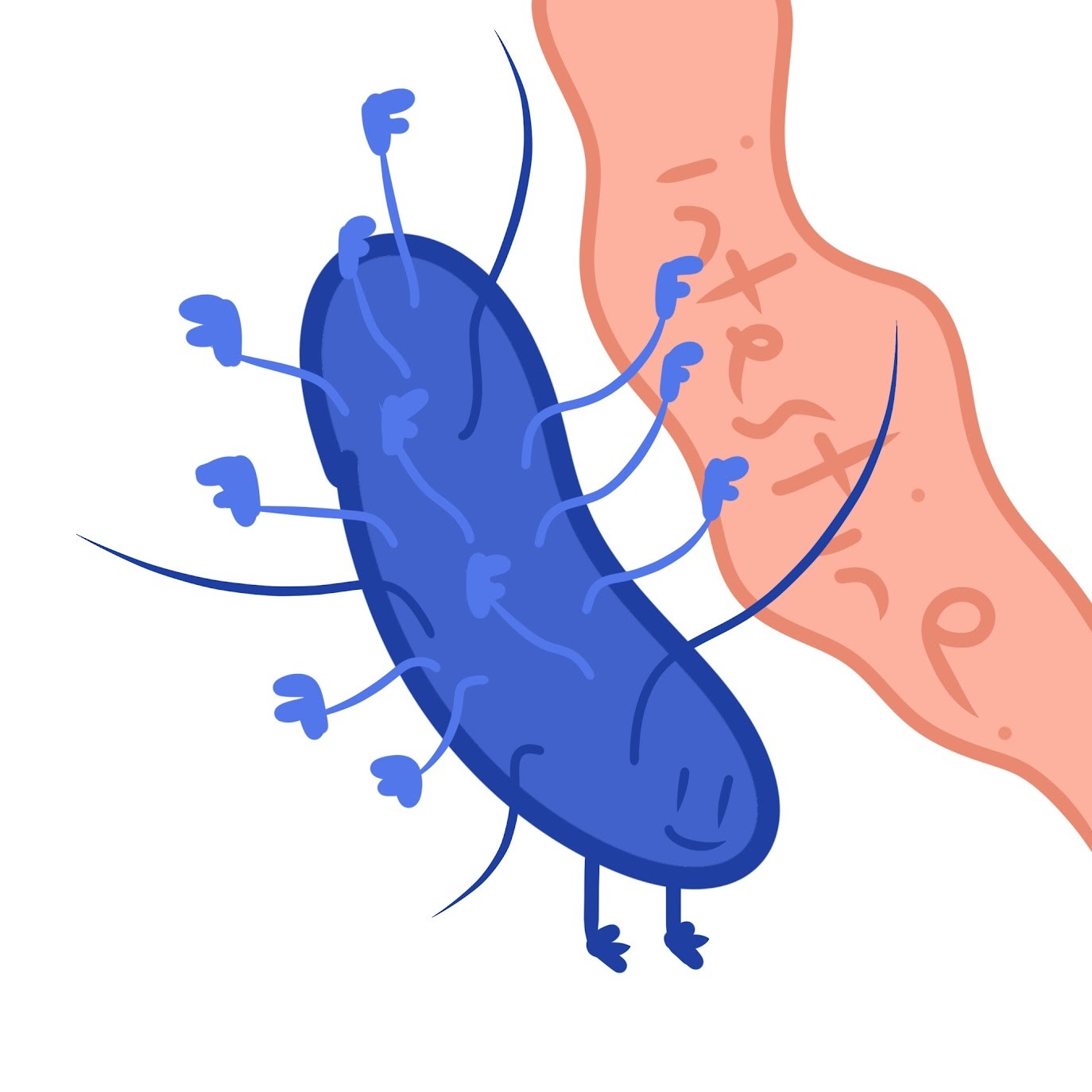
Extensions of some prokaryotes that help them stick to their substrate or other individuals in a colony
-
Pili
Longer than fimbriae; allow prokaryotes to exchange DNA
-
Flagella
used to propel motile bacteria
-
3 factors that contribute to genetic diversity in prokaryotes
-Rapid reproduction
-Mutation
-Genetic recombination (combining DNA from 2 sources, brought by transformation, transduction, and conjugation)
-
Transformation
Taking up and incorporation of foreign DNA from the surrounding environment (a nonpathogenic bacteria can be transformed to a pathogenic strain if exposed to DNA from a pathogenic strain)
-
Transduction
Movement of prokaryotic genes between bacteria by bacteriophages; usually results from accidents that occur during the phage replicative cycle
-
Conjugation
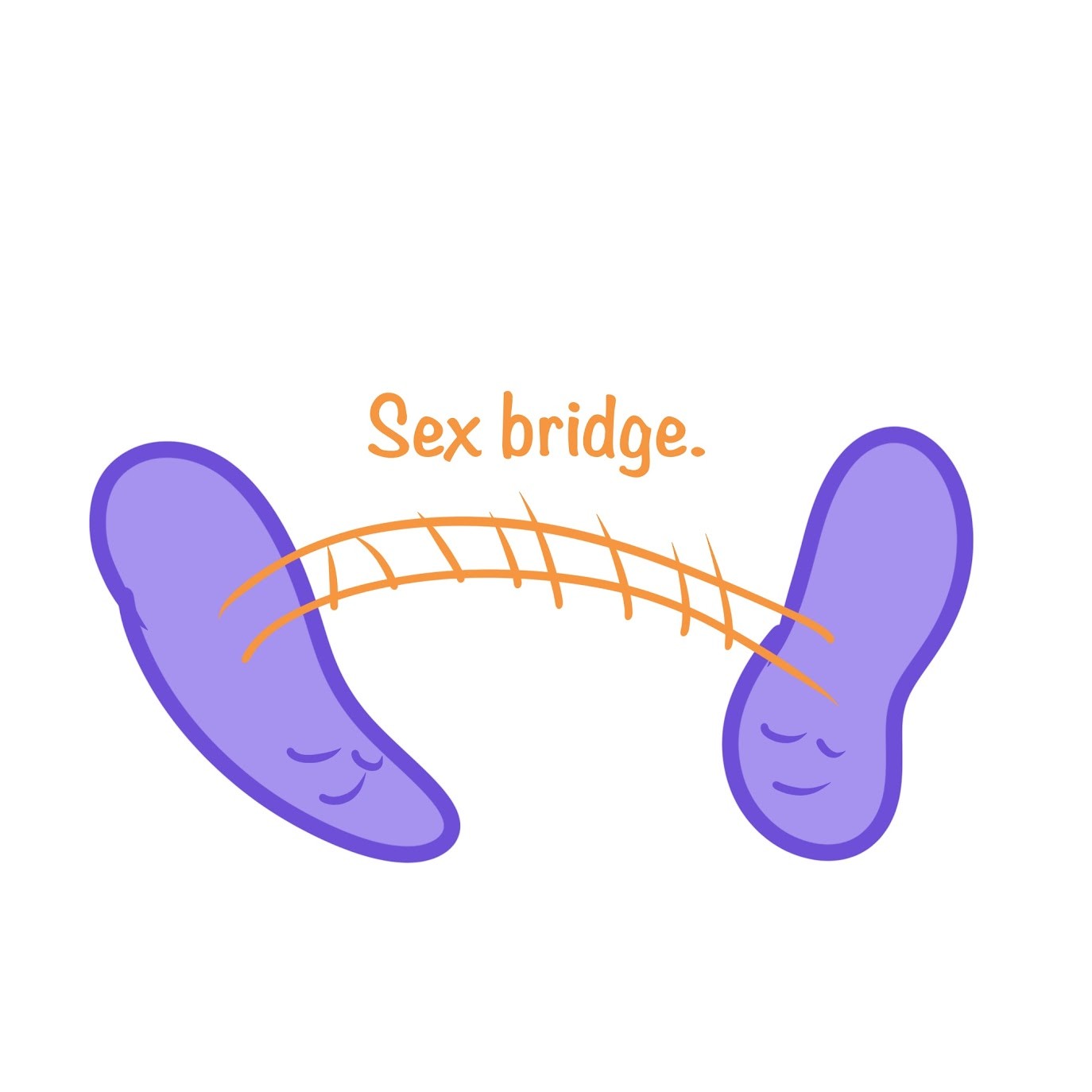
Process where genetic material is transferred between prokaryotic cells (always one way) via a pilus or "mating bridge"
-
F factor
Required for the production of pili (F for fertility)
-
F factor can exist either as a
Plasmid or segment of DNA within the bacterial chromosome
-
Cells containing the F factor as a plasmid (F+) function as _____ during conjugation
DNA donors
-
Cells without the F factor (F-) function as _____ during conjugation
DNA recipients
-
An F+ cell converts an F- cell to F+ if
a copy of the entire F plasmid is transferred
-
Hfr cells (High Frequency of Recombination)
A cell with the F factor built into its chromosomes also functions as a donor during conjugation
-
1st step of conjugation
An Hfr cell forms a mating bridge with an F- cell
-
2nd step of conjugation
A single strand of the F factor breaks and begins to move through the bridge
-
3rd step of conjugation
Crossing over can result in exchange of homologous genes
-
4th step of conjugation
Enzymes degrade any DNA not incorporated; recipient cell is now a recombinant F- cell.
-
Organismal Ecology
Studies how an organism's structure, physiology, and (for animals) behavior meet environmental challenges
Example: How do flamingos select a mate?
-
Population Ecology
Focuses on factors affecting population size over time
Example: What environmental factors affect the reproductive rates of flamingos?
-
Community Ecology
Examines how species interactions affect community structure and organization
Example: What factors influence the diversity of species that interact at this lake?
-
Ecosystem Ecology
Emphasizes energy flow and chemical cycling among the various biotic and abiotic components
Example: What factors control photosynthetic productivity in this aquatic ecosystem?
-
Landscape Ecology
Focuses on the exchanges of energy, materials, and organisms across multiple ecosystems
Example: To what extent do nutrients from terrestrial ecosystems affect organisms in the lake?
-
Global Ecology
Examines the influence of energy and materials on organisms across the biosphere
Example: How do global patterns of air circulation affect the distribution of organisms?
-
Climate
The long term (≥30 years) prevailing weather conditions in a given area; strongly influences the distribution of plants, which determines the location of terrestrial biomes
-
Features of Terrestrial Biomes
-Grades into each other (no sharp boundaries)
-Vertical layering (provides diversity)
-Dynamic and variable, but can have similar characteristics from convergent evolution
-
Ecotone
Area of integration between two biomes; may be wide or narrow
-
Vertical layering of Forests
-Upper canopy
-Low-tree layer
-Shrub understory
-Ground layer of herbaceous plants
-Forest floor
-Root layer
-
Terrestrial Biomes can be characterized by
-Distribution (regions/layers)
-Precipitation
-Temperature
-Plants (what plants present)
-Animals (what animals present)
-
Features of Aquatic Biomes
-Account for the largest part of the biosphere
-Less latitudinal variation

